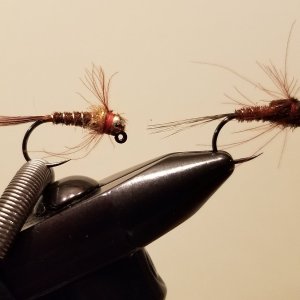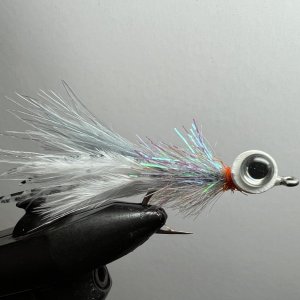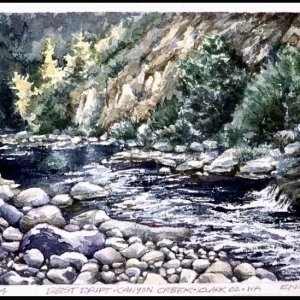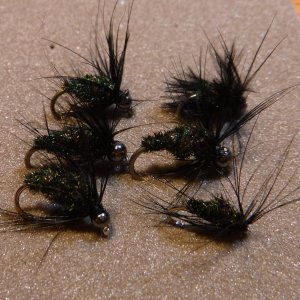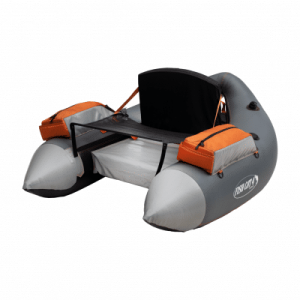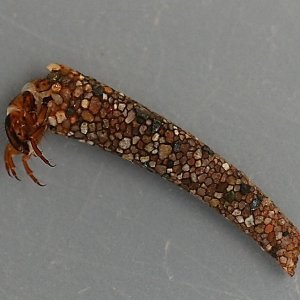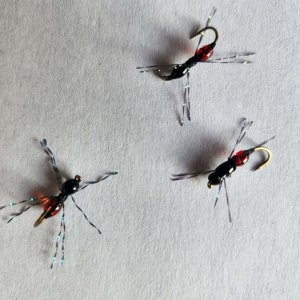I'm a big proponent of nutrient enhancement versus sale for profit. Unfortunately, in America, no opportunity to profit goes unexploited for long, and that opportunity almost always trumps conservation needs.
As regards the risks/costs of using excess carcasses for stream enhancement, I think those challenges are mostly products of people profiting off the resource now. First, the risk of parasites, etc... assuming most of those parasites spread in hatchery raceways (we know standard fish farming practices create rich environments for parasites to thrive in), the way to minimize that threat would be to simply stop taking fish into the hatchery once spawning needs are met. Simply let whatever's left outside the hatchery die and rot. If it's not the case that most parasites are spread at hatcheries, I would ask why that was not a recognized risk to fish in the days before hatcheries.
As regards the concern of catastrophic overescapement, while I know that's a thing that occasionally happens in places like Alaska, I don't think there's much chance of that happening in Washington these days, largely because in a typical year, as much as 80% of Washington hatchery fish die in ocean and other fisheries before they reach their terminal streams, by design. If it did happen (like it potentially could this year, with runs performing above an optimistic forecast), that would be the time to put a mop up fishery outside the hatchery up for bid. Sounds like there's a market for it already....
Another concern associated with leaving a bunch of excess hatchery fish in a river is that they might spawn with the native fish. We can debate how good or bad that is, but it seems, based on decades of hatchery supplementation, like hatchery introgression is less of a concern for salmon than steelhead, so I doubt it's much of a risk at all. That said, I don't want to get too far over my skis, so I'll let others (who know better) tackle that.
Anyway, it has long been my opinion that a big factor in the decline of our anadromous fish stocks has been perennially starving our rivers of the nutrients dead salmon provide (mostly by harvesting down to whatever we think is the minimum number of fish required to seed a system, but I suppose also by selling excess hatchery carcasses to be used elsewhere). The whole thing is a profit-motivated, vicious cycle. By using degraded habitat as justification to decrease escapement goals (to allow one stakeholder or another to harvest more), we have exacerbated the problem of low nutrient levels, to the point where it is further degrading what habitat is left. Then, we use that as justification to further lower escapement goals. It doesn't take much imagination or education to see how doing that leads us down a path to slightly prolonged extinction, at best.
As you can see, I could go on about this forever, but it's time to wrap it up, so I'll close with my unwavering, absolute assertion that the beginning, end, and everything in between as regards the decline of Pacific Salmon comes down to someone's perceived need to profit from the resource. The almost immediate solution to "save" salmon is to leave them alone. Stop indiscriminate harvest in mixed stock fisheries (ocean), and every single river in the PNW will immediately see the returns increase dramatically. Indeed, the only reason we need hatchery fish is to feed commercial markets. Take away hatcheries and restrict all fisheries to terminal areas is the answer that helps the fish, but almost nobody profits from that, so it's a non-starter.
Profit motive has been the primary, limiting factor for salmon populations. Fixing that problem only requires limiting or eliminating mixed stock harvest. It is just that simple. Trouble is, "that simple" is hugely complicated. It costs managers nothing to implement the ultimate solution, but the socio-economic costs make it prohibitively expensive. Same conundrum exists with any other "simple" solution, so here we are, in the ultimate irony, trying to figure out what to do with "excess" fish. Sounds crazy because it is....


